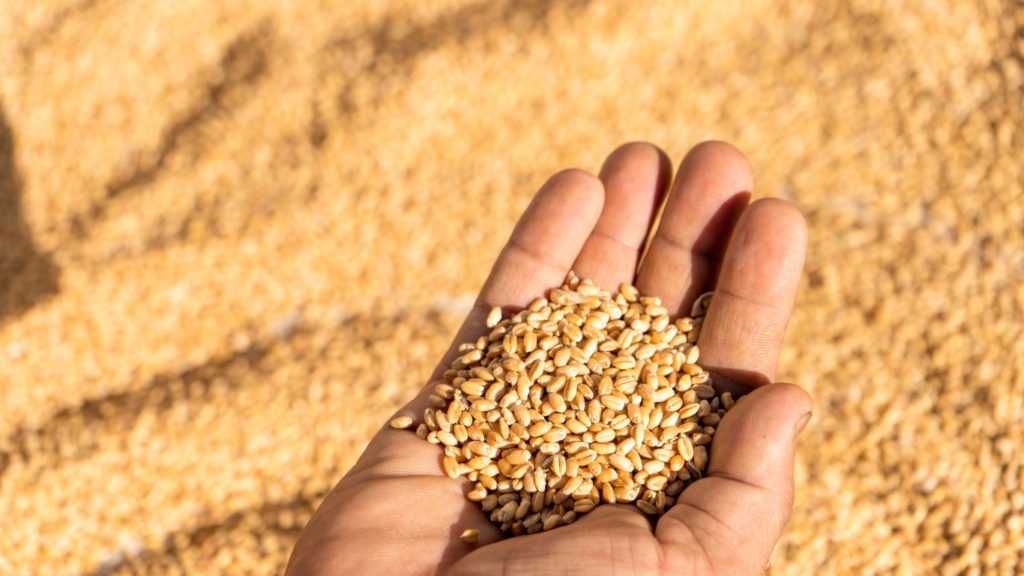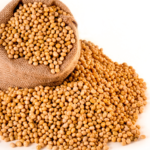Gehu ka bhav, or the market price of wheat, is a lifeline for farmers across India, especially in states like Uttar Pradesh, Punjab, and Haryana. Wheat is a staple crop, and its price affects millions of livelihoods. As of May 2025, wheat prices range from ₹2,400 to ₹2,600 per quintal, but they vary by region and market. Prices swing due to weather, demand, and government policies, making it vital for farmers to stay informed. This article dives into what drives gehu ka bhav, recent trends, regional differences, challenges farmers face, and practical tips to get the best value.
What Influences Gehu Ka Bhav?
Wheat prices in India depend on several key factors. Weather is a big player—good rainfall boosts harvests, often lowering prices, while droughts can spike them. Demand from flour mills and food industries drives bhav, especially during festive seasons. Government policies, like the minimum support price (MSP) set at ₹2,425/quintal for 2025, provide a safety net. Global wheat prices, influenced by countries like Russia and Ukraine, also matter since India exports wheat. For instance, a bumper crop in 2024 kept prices stable, but global supply issues in 2025 have pushed prices up slightly. Understanding these factors helps farmers plan better.
Impact of Weather and Harvests
Rainfall and temperature affect wheat yields. In 2024, Punjab’s good monsoon led to a surplus, dropping prices to ₹2,300/quintal in some mandis. But heatwaves in Rajasthan reduced output, pushing prices to ₹2,550. Farmers need to track weather forecasts to predict supply and price trends.
Role of Government Policies
The government’s MSP and procurement policies stabilize gehu ka bhav. In 2025, the MSP rose to ₹2,425/quintal, encouraging farmers to sell to government centers. Export bans or relaxations also affect prices. For example, relaxed export rules in early 2025 lifted prices in Haryana to ₹2,600/quintal.
Recent Trends in Gehu Ka Bhav (2024-2025)
Wheat prices have seen steady movement over the past year. In mid-2024, prices in Uttar Pradesh averaged ₹2,350/quintal due to high supply after a strong rabi season. By April 2025, prices climbed to ₹2,500-₹2,600 in Punjab’s Amritsar and Ludhiana markets, driven by export demand and lower global supply. X posts in May 2025 highlighted prices hitting ₹2,626/quintal in Haryana’s Sirsa mandi. However, some regions like Madhya Pradesh saw lower rates at ₹2,400 due to oversupply. Farmers are watching monsoon predictions, as they could sway prices further in the next season.
Price Movements in 2024
In 2024, gehu ka bhav peaked in June at ₹2,450/quintal in Punjab due to low stocks before the new harvest. By September, a bumper crop pushed prices down to ₹2,300 in Uttar Pradesh. These fluctuations show how supply and demand shape market trends.
Early 2025 Price Insights
As of May 2025, wheat prices in Punjab average ₹2,550/quintal, with highs of ₹2,626 in Haryana. Uttar Pradesh markets like Kanpur report ₹2,500/quintal. Global wheat shortages, especially from Ukraine, have supported higher prices, but a good domestic harvest may keep bhav stable.
Regional Differences in Gehu Ka Bhav
Wheat prices vary across India due to local production, transport costs, and demand. Punjab and Haryana, wheat powerhouses, see higher bhav at ₹2,550-₹2,600/quintal, thanks to strong procurement and export links. Uttar Pradesh averages ₹2,500, but smaller mandis dip to ₹2,400. Madhya Pradesh, with surplus supply, reports lower prices around ₹2,400/quintal. Rajasthan’s prices hover at ₹2,450 due to limited output. These variations mean farmers must check local mandi rates to avoid selling at a loss, as even nearby markets can differ by ₹200/quintal.
Punjab and Haryana: Wheat Giants
Punjab and Haryana lead wheat production, with markets like Ludhiana and Sirsa setting high standards. In April 2025, Ludhiana hit ₹2,575/quintal due to export demand. Government procurement at MSP ensures stable prices, but farmers here benefit from selling to private buyers too.
Uttar Pradesh and Madhya Pradesh Markets
Uttar Pradesh’s Kanpur and Varanasi markets average ₹2,500/quintal, but smaller mandis like Sitapur see ₹2,400. Madhya Pradesh, with high output, averages ₹2,400 in Indore. Surplus supply in these states often lowers bhav, pushing farmers to time sales carefully or store crops.
Challenges Farmers Face with Gehu Ka Bhav
Farmers face tough hurdles with wheat prices. Low bhav, like ₹2,400/quintal in some 2025 markets, barely covers rising costs for seeds, fertilizers, and labor. Middlemen in mandis often offer less than market rates, eating into profits. Weather risks, like unseasonal rains, can damage crops, reducing yields and income. Global competition from cheaper wheat exporters like Russia keeps prices in check. Many farmers also lack access to real-time price data, forcing them to sell at lower rates. These issues make farming a risky business, pushing farmers to seek better solutions.
Middlemen and Unfair Practices
Middlemen in mandis often exploit farmers, offering ₹2,300/quintal when the market rate is ₹2,500. In 2025, Uttar Pradesh farmers reported losses due to such practices. Joining cooperatives or using apps like AgriMarket can help farmers connect directly with buyers for fairer prices.
Limited Access to Market Information
Many farmers rely on local traders for price updates, which can be outdated or inaccurate. In 2025, those without access to apps like Kisan Suvidha sold wheat at ₹2,350/quintal in Madhya Pradesh, missing higher rates of ₹2,500 elsewhere. Technology can bridge this gap.
Tips for Farmers to Maximize Gehu Ka Bhav
Farmers can boost profits with smart strategies. Check daily mandi prices using apps like Mandi Bhav or Kisan Suvidha, which cover markets like Amritsar and Indore. Selling in May-June, when stocks are low, often fetches higher prices, like ₹2,600/quintal in 2025. Storing wheat in dry, pest-free godowns allows waiting for better rates. Selling directly to flour mills or through cooperatives avoids middlemen. Exploring premium varieties, like organic wheat priced at ₹27/kg in Punjab, can also increase earnings. Staying updated on MSP hikes and export policies helps plan sales.
Leveraging Technology for Better Rates
Apps like AgriMarket and CommodityOnline provide real-time wheat prices. In April 2025, Punjab farmers using these tools sold at ₹2,600/quintal in Bathinda, beating local averages. Such platforms empower farmers to negotiate better deals and avoid lowball offers from traders.
Smart Storage and Timing
Selling wheat right after harvest often means lower prices due to high supply. In 2024, farmers who stored until June sold at ₹2,500/quintal in Haryana, compared to ₹2,350 in April. Proper storage in ventilated godowns preserves quality, ensuring higher bhav when markets improve.



